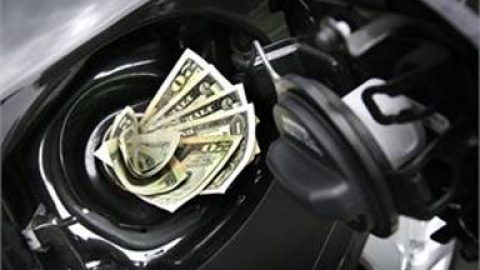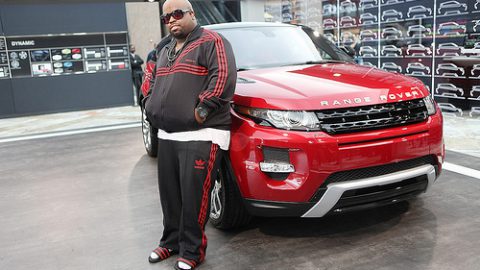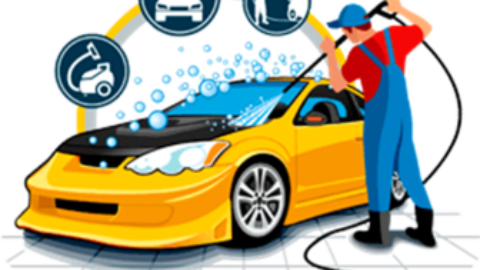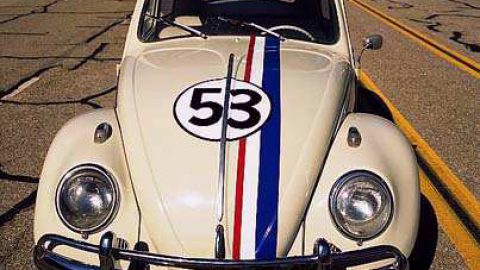Engine. The turbocharged 6 cylinder has made its way from the 280zx into the engine bay of my 240z, and is awaiting some wires and fuel lines to be hooked up. Since I’m converting the fuel system from carburetted to fuel injected, I need to install a stronger fuel pump to keep the fuel properly pressurized. I’ve taken the fuel pump off the 280zx that the l28et engine came out of to install in my fuel line running from the gas tank to the engine.
I have two sets new, larger fuel injectors headed this way. They’re from a Mitsubishi Eclipse, which is a 4cylinder, so I had to order two sets and will have two left over. They’re rated at 450cc/min @ 43psi, which means that as long as they’re in working order, they can fill a 450cc container in one minute if the fuel pressure leading to them is 43psi. A fuel pressure regulator offers primitive tuning for that part of the system, since I can adjust the pressure and therefore the amount of fuel they spit into the engine.
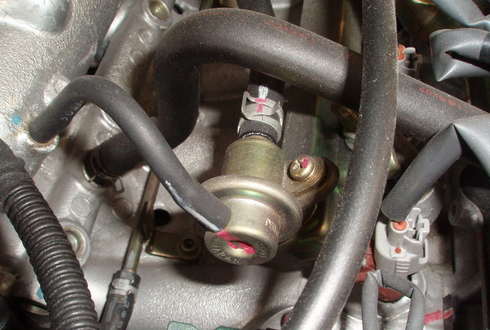
Nissan Fuel Pressure Regulator
I also received a Turbonetics. 68ar t3/t4 hybrid turbocharger. I won’t go into all the nitty gritt details, but that basically means it can compress air more efficiently than the stock turbo, and squeezes more air into the engine (which requires more fuel to be supplied so it doesn’t run rich or lean). Since it has a t3 ‘hot side’ (turbine that mates to the exhaust) and a t4 ‘cold side’ (turbine powered by the ‘hot side’), it spools up quickly and doesn’t waste any time generating power.
Unfortunately, the hot side doesn’t mate up to my stock downpipe flange (the exhaust piece that connects the turbocharger to the pipes that lead out the back of the car) so I may have to have a new one made or modify the flange that the stock turbocharger used. The ‘cold side’ is also large enough that it actually bumps against the exhaust manifold, which means I’ll need to make a spacer to put it a little farther out. Otherwise, it’s in great working order with no shaft play.
A blowoff valve is a turbocharger accessory that protects the cold side of the turbo from itself. When the driver lets up on the throttle, the butterfly valve in the throttle body closes. The turbocharger doesn’t know to stop spinning yet, and continues to squeeze air into the ductwork that connects the turbocharger to the intake manifold. That puts extra strain on the turbocharger, and builds up excess air pressure in the ductwork. Once the throttle is opened again, all that air rushes into the engine, but extra fuel is not injected for it to mix with.

Nissan Blowoff valve
This creates a temporary ‘lean’ condition and can overheat the engine pretty quickly. A blowoff valve allows that extra air to recirculate into the turbocharger again or vent to the atmosphere. There are heated discussions as to which method is ‘best’ but I plan to put in a little extra work and route my blowoff valve into the turbocharger inlet.
Since this turbocharger did not come with a built-in wastegate, I ordered a 60mm wastegate to control how much power is assigned to spinning the turbine. A wastegate is essentially an air valve that is activated when enough pressure is generated to compress a spring inside it. This particular spring allows the wastegate to open at 4 pounds of boost, which is low even by stock standards (the l28et allows 7 pounds of boost from the factory, still considered conservative).


